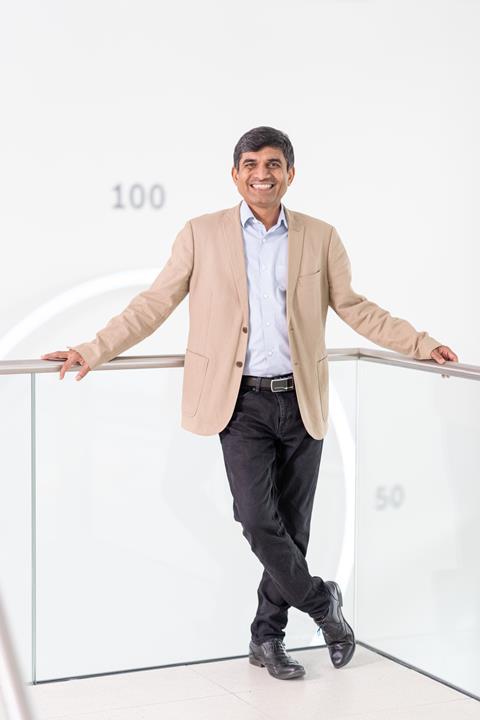How Bosch is connecting its business for the AIoT era
Robert Bosch CIO Vijay Ratnaparkhe is continuing a revolution in the company’s corporate IT division as it takes a starring role in connecting Bosch operating units and products – expanding the possibility for data-driven services and AI across the business and supply chain. Interview by Ralf Bretting and Christopher Ludwig
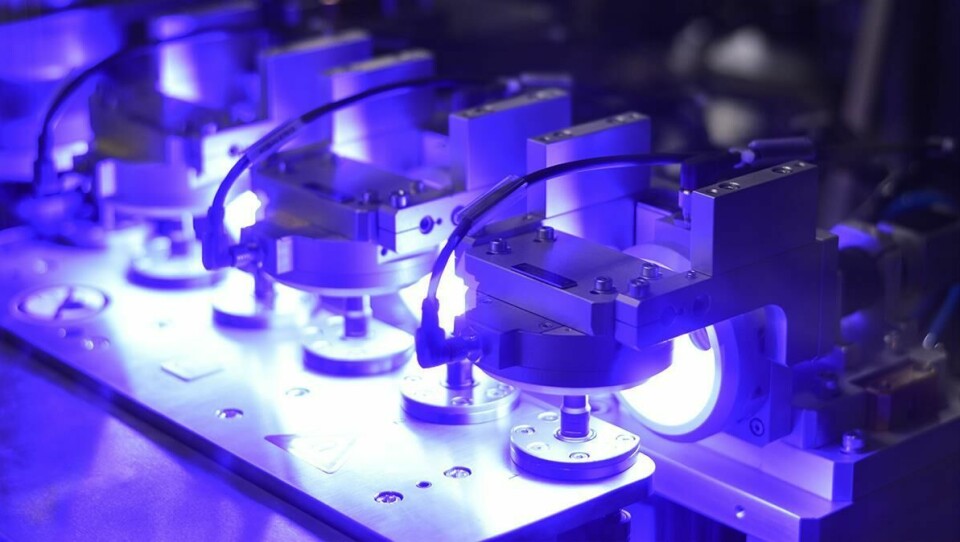
By the time Vijay Ratnaparkhe took over as chief information officer (CIO) at Bosch in autumn 2019, his predecessor, Elmar Pritsch, had overseen the launch of Bosch’s own cloud service, run from its computer centre in Stuttgart, Germany. The service has become a major component in the Bosch IoT Cloud, connecting equipment and products to data and software offerings.
Based on this cloud creation, Bosch is pursuing a dual approach in its wider IT and digitalisation strategy. The company develops its applications in a hybrid cloud platform to combine the advantages of its own cloud technology with the capabilities of public cloud providers. In doing so, the corporate IT team not only has an important support function when it comes to maintaining infrastructure and service, but it is also increasingly taking the lead in ensuring the connectivity of Bosch’s business units and products. In this way, the company is providing data services and artificial intelligence (AI) at the interface between its hardware and software expertise, whether in connected mobility or global engineering, manufacturing and logistics.
It may be because of his scientific background in process engineering that Ratnaparkhe treasures such duality of properties and purpose. He wants the corporate IT software and services team, which numbers 6,000 associates, to play a central role in Bosch’s designs for ‘AIoT’ – where AI is fused with an internet of things (IoT) architecture. His tenure as CIO has seen an acceleration of this revolution “behind the scenes”, as he puts it. He has ensured that the company’s IT backbone could handle the huge increase in telecommuting, rolled out microservices in global operations, and introduced predictive maintenance of machinery and quality assurance to make production processes less time-consuming and more economical.
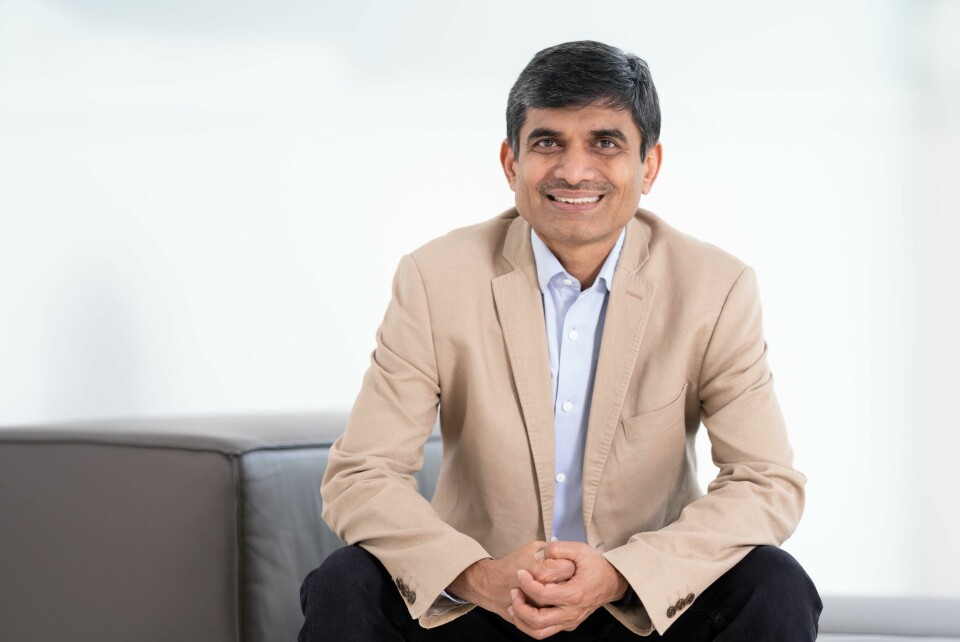
Vijay Ratnaparkhe is a dyed-in-the-wool Bosch associate. In his 15 years with the company, he has held leadership roles in IT engineering and software. Now, he is bringing fresh perspectives to Bosch’s corporate IT headquarters in Stuttgart. As CIO, he is the first associate from India to hold such a high position in the company. Most recently, he was managing director of Robert Bosch Engineering and Business Solutions (RBEI), a subsidiary that delivers sensors and automotive software to Bosch operating units around the world. RBEI’s revenue grew many times over during his nearly ten years at the helm, in which he showed how B2B software services can power a larger business.
Mr Ratnaparkhe, what touchpoints and overlaps exist between your role as CIO and your previous position at Robert Bosch Engineering and Business Solutions subsidiary in India?
Everything that happens in Germany with software also happens in India. I used to say that to know what’s happening in Bosch, you had to be in one of two places: either the CIO’s office in Stuttgart, or my office in Bengaluru. Thanks to RBEI’s software expertise, every aspect of Bosch that was connected to software was reflected in this organisation in India. I was in close exchange with corporate IT and the automotive software divisions when we delivered software to internal customers from India to Bosch units in Japan, Germany and the United States.
With your experience in India and Asia, has Bosch corporate IT had to develop different approaches and services to meet the digital demands of your operations and customers in the region?
As corporate IT, we have been partners of our internal customers worldwide for more than 25 years now. Our IT experts support operations wherever our customers are. But if you’re talking about end consumers, that is where the game is really starting to change in an interesting way. While we have large platforms across our internal operations, we connect to customers through hyper-local solutions. As corporate IT, we don’t necessarily interact directly with these customers, but we help to build up the software capabilities and IT infrastructure from which our internal customers and operating units develop solutions.
What do you want to achieve over the medium term with the corporate information systems and services sector? And what goals has the board of management defined for you?
Bosch wants to become a leading AIoT company, so corporate IT clearly has a pivotal role to play. With the strength of our broad domain knowledge and extensive expertise in electronics and software, Bosch is in a unique position. Corporate IT is bringing these two things together to create AIoT possibilities. Our role is a crucial one: we are helping the operating units bring the IoT to life, in the home, in industry, and in mobility, while driving digitalisation at the same time.
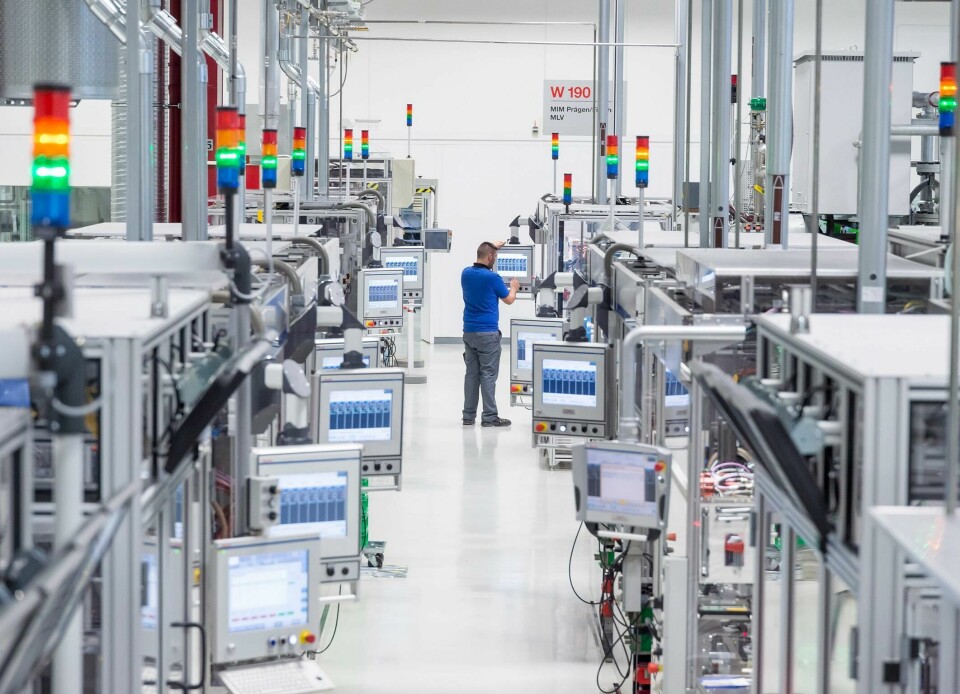
What specific tasks arise from this development for Bosch corporate IT? Are you playing a leading role in any of them?
This is where the dual strategy comes in. We maintain the infrastructure, platform and tools that help our operating units create solutions. For these solutions, we contribute in cloud, software and connectivity expertise. The software that goes into the product is the operating unit’s prerogative, but the software that connects products to the cloud is corporate IT’s core competence. It is precisely when it comes to this connecting software that our team plays a leading role. Our products deliver more services when they are connected. We also help to support innovation by involving the developer community and forging links with start-ups. We also use hackathons to challenge our products and get new inspiration.
How does your work with start-ups feed into your IT strategy?
We offer an extremely attractive working environment for IT and software experts, in which innovative formats such as hackathons and innovation hubs foster creativity and support agile ways of working. Our ‘connectories’ are one example of this. As a co-creation space, they offer a hub for the IoT community, bringing together technology talent from universities, start-ups, and companies with people from Bosch. We use these connectories both to test and expose Bosch products to the outside world and to bring ideas into Bosch from the outside world. Over the past four years, we have established co-creation areas in key innovation centres, the first of them in Chicago. If you want to look behind the scenes of applied transformation – come to Bosch.
Many of your CIO colleagues in the automotive industry report to chief financial officers. Your boss is the chief technology officer (CTO). Does this give you better access to the resources you need to drive digitalisation at Bosch?
Absolutely. My belief is that a modern business strategy needs to be based on an IT strategy. Some companies believe that technology and IT strategy should play a leading role. Reporting to the CTO ensures that our IT strategy is aligned to the technology strategy.
For Bosch, are the cars on the road today already part of the IoT?
I would put it slightly differently. Vehicles are increasingly becoming ‘software-defined’. These days, most of the available variants of any model come from differences in the software, instead of purely mechanical or electronic differences.
Talking about AIoT, what changes have there been in central IT components, such as the IoT Cloud and the IoT Suite that runs on it?
Everything we do is a sort of revolution within Bosch – it’s really exciting to see what’s happening behind the scenes. We’ve been on this journey for more than three years and started it before many of our peers had taken their first step.
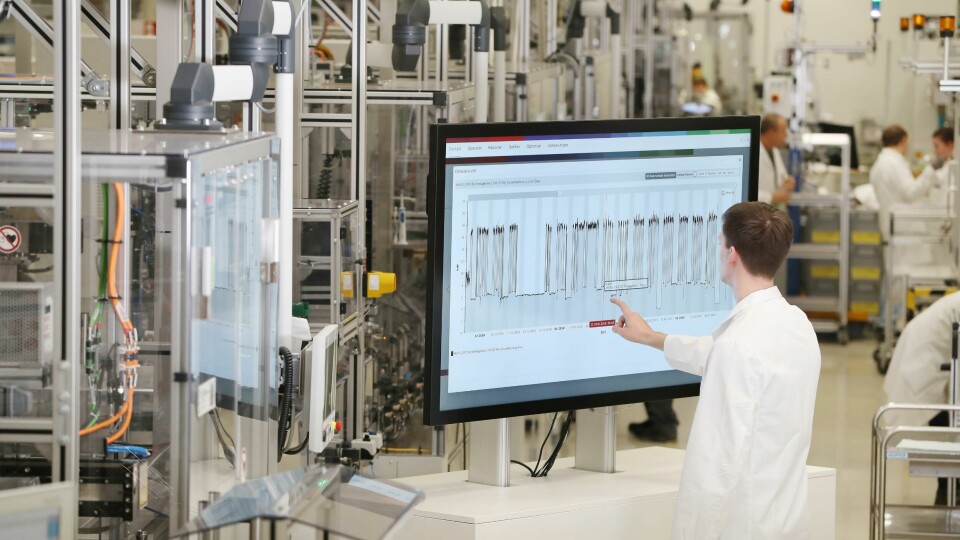
We believe the combination of electronics hardware and software will be crucial in developing AIoT. In terms of the cloud, Bosch is pursuing a dual approach. Combining the power of major public cloud providers like Microsoft Azure and Amazon Web Services with proprietary solutions operated by us forms the basis of our hybrid cloud approach. This approach means that the applications we develop combine the advantages of a proprietary cloud with the capabilities of the public cloud providers I mentioned. This allows us to offer a best-in-class technology foundation on which to build scalable, sophisticated solutions. In this context, the Bosch IoT Suite is the core technology to connect, manage, update, remotely control, and collect data from third-party and Bosch devices. This are more than 15m devices in the field from connected cars to smart homes.
A high-performance internal IT infrastructure on the one hand, a focus on digital business models on the other – which takes up more of your time?
[Laughs] That’s a difficult one! As CIO, I have to ensure that we can support Bosch operations with benchmark-level core IT. That’s one thing. The other is to come up with cutting-edge technological innovations that set our IT apart and create new business for Bosch. My personality might lead in one direction but my role demands that I keep a balance between the two.
There is a tendency in the automotive sector to rely more on outsourcing, also when it comes to operational tasks in IT infrastructure. Make or buy – what strategy is Bosch pursuing?
I worked in the IT world for 16 years before joining Bosch. I prefer the Bosch way of keeping core competencies in-house. This means we need strong competences in all areas to connect the right dots. This is what Bosch is all about. But sure, we are also collaborating closely with strong external partners in all areas.
The Covid crisis has often been described as an accelerator of digitalisation. As corporate IT, how do you see this – have you made faster progress toward key objectives, or has the crisis slowed down investments and projects?
Covid helped us realise what IT is capable of. This is a benefit for us in the current situation, both culturally and in terms of technical implementation – we are currently supporting even greater and more flexible use of telecommuting. We made the transition to working from home very smoothly. At times, some 130,000 associates worldwide were working from home in 2020. And we made this possible within just one week.
We also have been able to extend our infrastructure with more state-of-the-art services to make virtual collaboration more productive. Indeed, an internal survey conducted in 2020 confirmed that telecommuting was more efficient than expected.
We’ve also seen advantages for our initiatives in connected logistics and manufacturing. Especially in exceptional times such as the current crisis, connectivity makes companies less vulnerable and helps them keep an even keel.
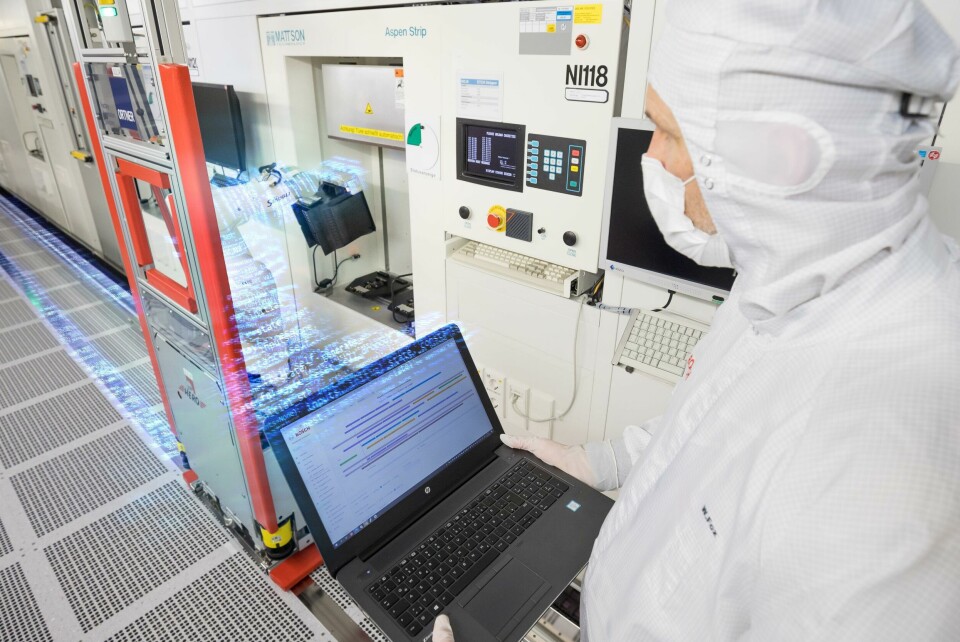
When we look at production and logistics, data analytics and connected information are becoming more important, whether in digital twins or predictive maintenance. How is Bosch adapting its IT to support such innovations?
As corporate IT, it is our core task to support all Bosch operating units and provide them with the infrastructure they need to create state-of-the-art technologies. We provide the platform for Bosch.IO to run the IoT Suite. We are interested both in getting data from the field to make our products more user-friendly, and in using industrial AI and the data we gain to create products.
On the subject of manufacturing, Bosch has been an Industry 4.0 pioneer since 2012. Bosch Connected Industry has already made more than half our own plants digital and connected, and its Nexeed software solutions and various services are supporting roughly 100 third-party customers in their digitalisation projects. As corporate IT, we serve and support our nearly 240 connected plants. Bosch creates solutions based on our IT services. These include microservices, as well as digital twins of the production line, which can be used for predictive maintenance and remote monitoring, and AI-based solutions for machine learning.
In our highly complex wafer fabs in Reutlingen, for example, manufacturing teams are using AI for detailed production scheduling – saving time and costs as it guides the wafers through up to 1,000 processing steps. This alone means a 5% faster wafer throughput, with an investment payback time of just three months.
Is it a cost or operational challenge to retrofit your manufacturing legacy equipment and assets for such connectivity?
There were initial challenges, especially the machines that are not connectable to today’s standards, such as those with RS232 ports. We created a device bridge that allows a ‘dumb machine’ to connect to data and use software that allows it to be part of an Industry 4.0 setup. We also have an additional advantage in the shape of our industrial automation subsidiary Bosch Rexroth. Its ATMO unit focuses specifically on systems for connected machinery.
There is also an increasing demand for real-time supply chain visibility. The current semiconductor shortage shows what a challenge this is. In addition, plants and customers expect to see where products are. Is this high on the agenda for the IT team?
When it comes to supply chains and forecasts, my focus is on supporting Bosch’s AIoT strategy by using AI and data analysis to make large amounts of structured and unstructured data easily available for business.
Are you working with other automotive companies, and even competitors, to share and cooperate on data?
An important initiative at the European level is GAIA-X, which aims to establish an open, digital ecosystem that will enable companies to share data multilaterally and scale databased business models worldwide. Bosch is one of the 22 founding members, along with other automotive players. The rapid development of artificial intelligence is also contingent on the availability of large, exploitable amounts of data. Sovereignty and access to this data are essential for digital services and their associated ecosystems to be successful. Once we bring this project to life, the shared data will help solve more problems, including those relating to supply chain visibility. Our challenge today is the sheer scale of the supply chain, from the equipment in a single plant to many individual suppliers – there are limits to the availability of this data. The guiding idea of GAIA-X matches our conviction that we can achieve more in unison than we could as individual players. This accounts for Bosch’s active involvement in the project.
Unfortunately, the start has been delayed…
When you try to get everyone together, there are bound to be delays. But if Europe can get it up and running quickly, I believe we will see it replicated in other parts of the world.
One last question. How would you complete the following sentence: ‘Bosch’s IT is successful when…’
…when we as corporate IT play a supporting and a leading role at the same time. This duality is exciting and really happening at Bosch. [Laughs] If you want to see what’s going on behind the scenes, Bosch is the place to be.
